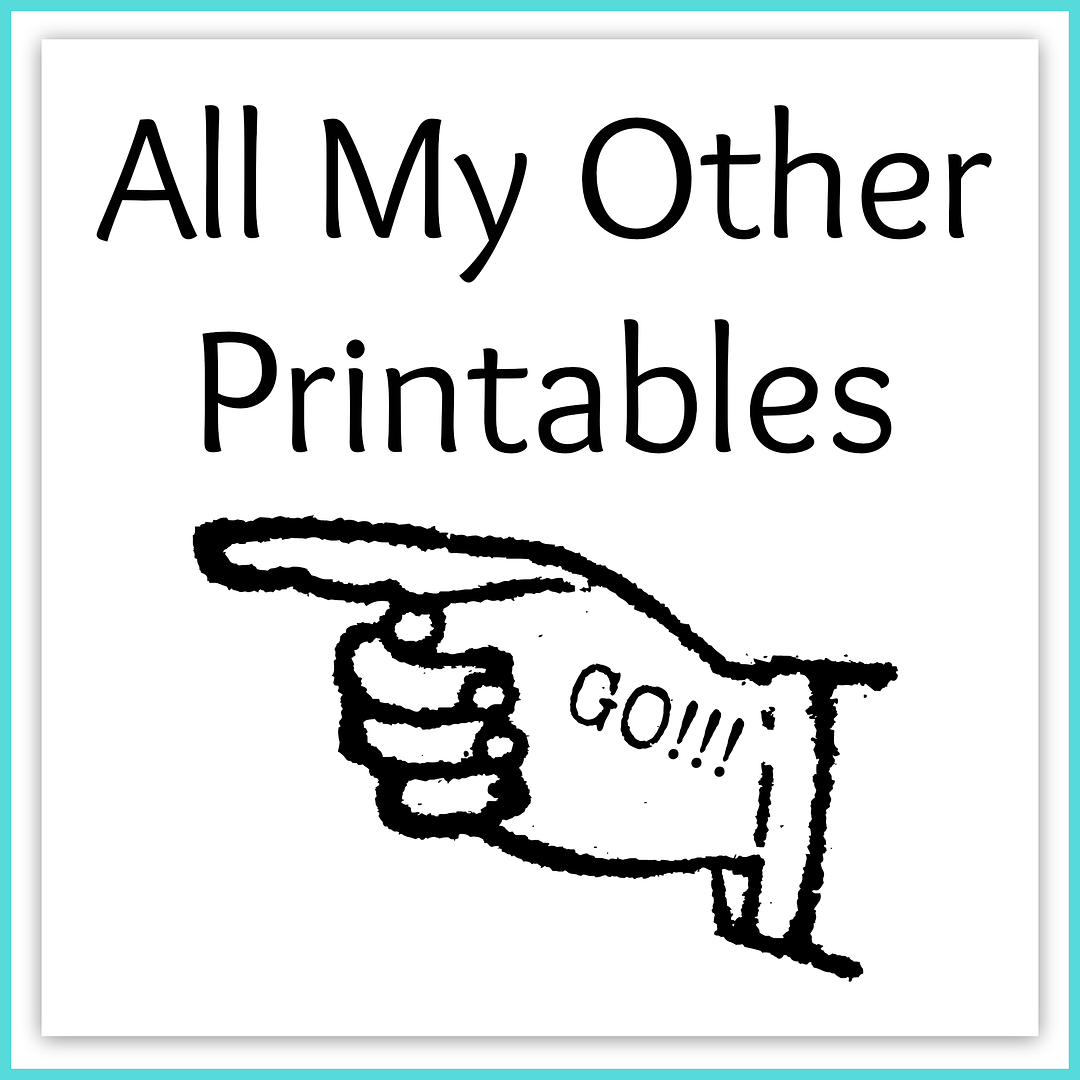Today has been amazing! We basically fell into a two hour in-depth study of a world we don't usually see! The microscopic world!!
Last weekend I picked up a used, older microscope at a flea market. I don't know anything about 'scopes but it looked like it would work...so I brought it home for $17. I realized later that it didn't have a light source, so placed a small bright lamp underneath until I can find a proper light.
I only had two old slides on hand to test it out at the time...luckily I'd saved them for 20+ years...(can you say hoarder?). We tried them out and everything worked great. Then I researched on Amazon for prepared slides and plain slides and solutions etc. I then got to thinking that I have a bad habit of spending money on supplies and then my children tend to lose interest.
So fast forward to this morning! (This idea has been brewing since Christmas by the way). One of my kiddos slept till noon and the other one was chomping at the bit to learn something new...so I asked her if she wanted to be a botanist and collect samples to look at under the microscope...of course, she was intrigued! Eight year olds are amazing at finding tiny stuff by the way...
Now here's the part that I've been wanting to try out: making homemade microscope slides that kids can use safely...using my LAMINATOR! And yes, it works. Some of the slides can look cloudy, but most of them turned out great.

You will need:
- a laminating machine (got mine on Amazon for under $20)
- business card size laminating pouches
- tweezers
- sharpies
- nature collectibles, tiny things, dead bugs
- microscope or bright light source like a light table
See how great things look even when not magnified!
The heat of the laminator makes petals and leaves almost translucent so you can get a good view of the structure of samples. Place them under the 'scope at 4X for larger items and 10X for smaller (like ants).
Things we collected include:
- dead fly and ants
- small dead beetle
- various blossoms, flower petals, pollen, garden plants and herbs
- potting soil/dirt
- bark & pencil shavings
- textiles like fabric, felt, threads, twine, string
- house plant leaves
- glitter and glitter glue (the glue will squirt out so only a tiny drop is needed)
- hair
- aloe vera gel
- money
- tea, coffee, spices from the kitchen
- a smidge of bread (will turn moldy eventually)

The kids spent over an hour looking at everything and discussing what each slide looked like, comparing to other slides, and thinking about what each would look like if we had an even more powerful microscope. We will be on the look out for more items to turn into slides.
I found an empty pencil box and placed all our slides inside, along with our trusty tweezers, and a marker. Now we are prepared to enter the realm of "microsopy" at any moment!
I would love to hear what you think about this idea. If you don't have a microscope, you can also use a light table or a window on a sunny day....kids young and old will truly enjoy noticing the tiny details of a flower or a slice of bread.
Have a ton of fun being a science explorer with your kiddos!
Some awesome printables I found that you can use to learn about microscopes and cell structure are located at Teachers Pay Teachers , A School Called Home and Pinterest.

















No comments:
Post a Comment